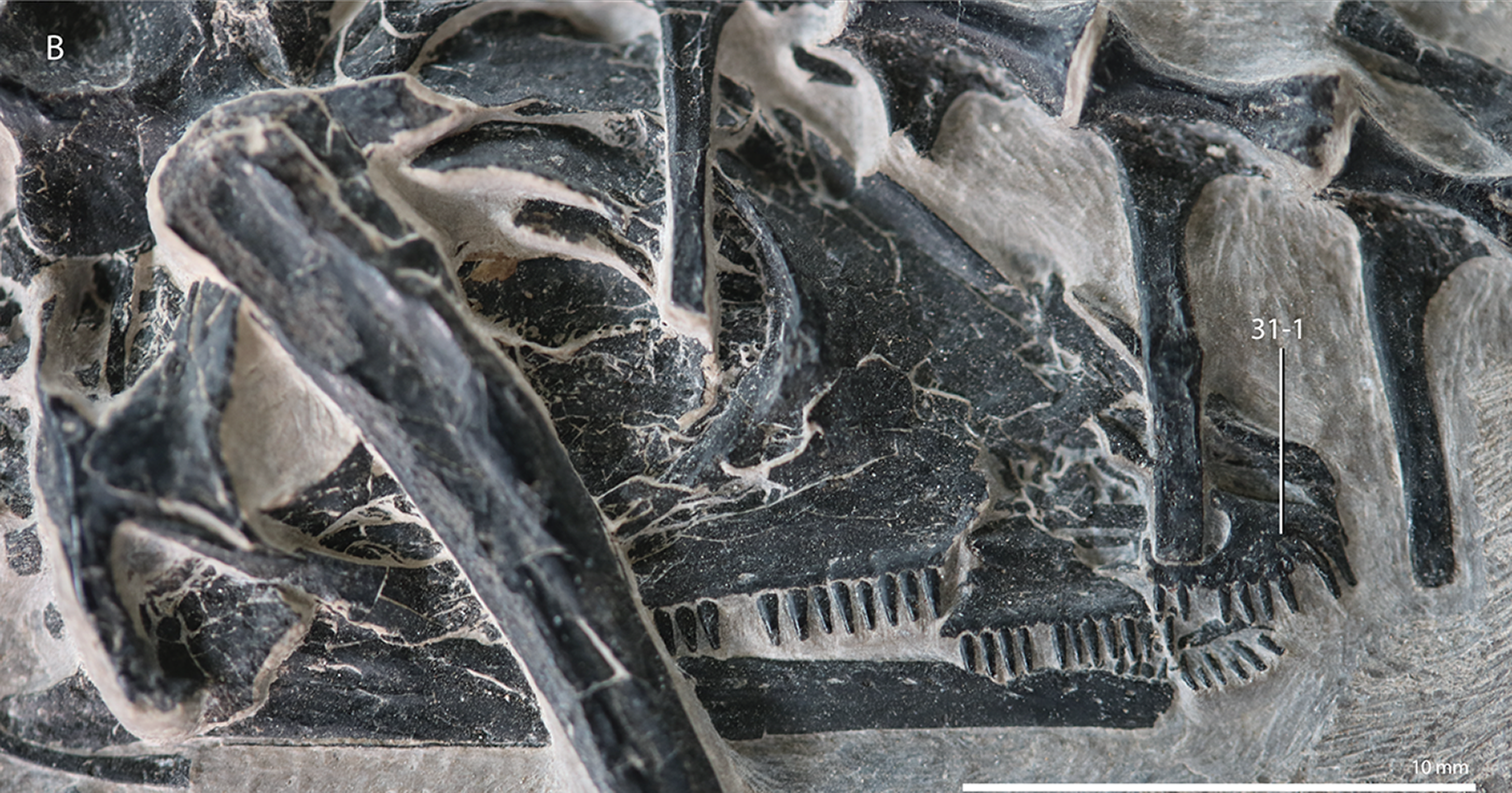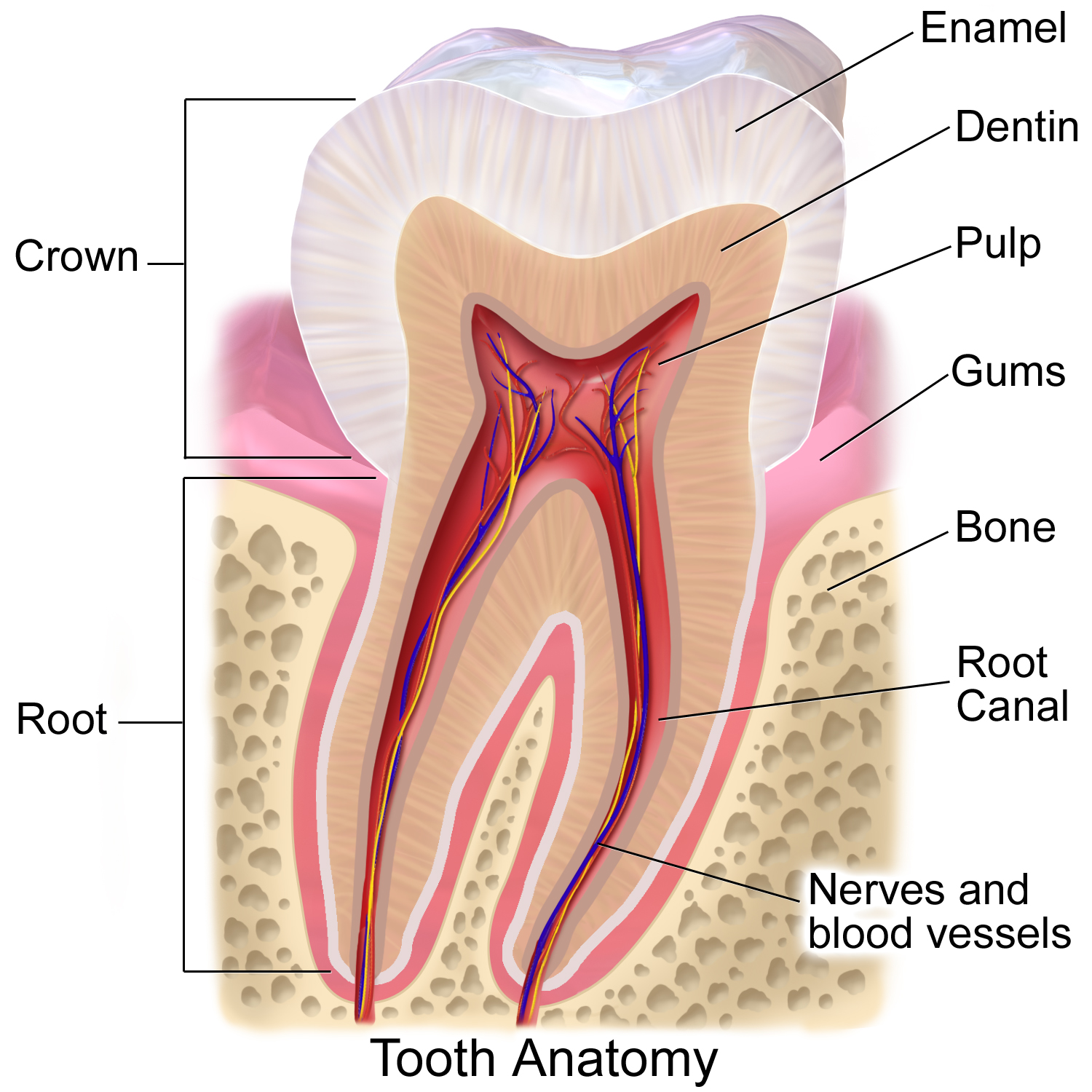|
Pectodens
''Pectodens'' (meaning "comb tooth") is an extinct genus of archosauromorph reptile which lived during the Middle Triassic in China. The type and only species of the genus is ''P. zhenyuensis'', named by Chun Li and colleagues in 2017. It was a member of the Archosauromorpha, specifically part of the unnatural grouping Protorosauria. However, an unusual combination of traits similar (such as the long neck) and dissimilar (such as the absence of a hook on the fifth metatarsal bone) to other protorosaurs initially led to confusion over its evolutionary relationships. In 2021, it was placed in a newly-established group, Dinocephalosauridae, along with its closest relative ''Dinocephalosaurus''. A small, slender animal measuring long, ''Pectodens'' was named after the peculiar comb-like arrangement of long, conical teeth present in its mouth. Unlike ''Dinocephalosaurus'' and the other reptiles that it was preserved with, well-developed joints and claw-like digits indicate that ''P ... [...More Info...] [...Related Items...] OR: [Wikipedia] [Google] [Baidu] |
Dinocephalosaurus
''Dinocephalosaurus'' (meaning "terrible-headed reptile") is a genus of long necked, aquatic protorosaur that inhabited the Triassic seas of China. The genus contains the type and only known species, ''D. orientalis'', which was named by Li in 2003. Unlike other long-necked protorosaurs (which form a group known as the tanystropheids), ''Dinocephalosaurus'' convergently evolved a long neck not through elongation of individual neck vertebrae, but through the addition of neck vertebrae that each had a moderate length. As indicated by phylogenetic analyses, it belonged in a separate lineage that also included at least its closest relative '' Pectodens'', which was named the Dinocephalosauridae in 2021. Like tanystropheids, however, ''Dinocephalosaurus'' probably used its long neck to hunt, utilizing the fang-like teeth of its jaws to ensnare prey; proposals that it employed suction feeding have not been universally accepted. It was probably a marine animal by necessity, as suggest ... [...More Info...] [...Related Items...] OR: [Wikipedia] [Google] [Baidu] |
Dinocephalosauridae
Dinocephalosauridae is an extinct clade of marine and terrestrial archosauromorph reptiles that lived throughout the Triassic period. Like tanystropheids, they are characterized by their long necks, lengthened by either addition of cervical vertebrae or elongation of the individual bones. Dinocephalosaurids are known from Europe (Poland, Germany, Austria, Netherlands) and China. Some members (i.e. ''Dinocephalosaurus'') are solely marine animals, most likely living near the coastlines of the Tethys Ocean, while other members (i.e. '' Pectodens'' were purely terrestrial, suggesting wide ecological diversity in just the few known species in this family. Classification In 2021, a phylogenetic study was conducted by S. Spiekman, N. Fraser, and T. Schayer in an attempt to clarify the systematics of "protorosaur" groups. A total of 16 individual trees were found using different character scoring methods and unstable OTU exclusions. The results of analysis 3A, with ratio and ordere ... [...More Info...] [...Related Items...] OR: [Wikipedia] [Google] [Baidu] |
Anisian
In the geologic timescale, the Anisian is the lower stage or earliest age of the Middle Triassic series or epoch and lasted from million years ago until million years ago. The Anisian Age succeeds the Olenekian Age (part of the Lower Triassic Epoch) and precedes the Ladinian Age. Stratigraphic definitions The stage and its name were established by Austrian geologists Wilhelm Heinrich Waagen and Carl Diener in 1895. The name comes from ''Anisus'', the Latin name of the river Enns. The original type locality is at Großreifling in the Austrian state of Styria. The base of the Anisian Stage (also the base of the Middle Triassic series) is sometimes laid at the first appearance of conodont species ''Chiosella timorensis'' in the stratigraphic record. Other stratigraphers prefer to use the base of magnetic chronozone MT1n. There is no accepted global reference profile for the base, but one ( GSSP or golden spike) was proposed at a flank of the mountain Deşli Caira in th ... [...More Info...] [...Related Items...] OR: [Wikipedia] [Google] [Baidu] |
Yunnan
Yunnan , () is a landlocked province in the southwest of the People's Republic of China. The province spans approximately and has a population of 48.3 million (as of 2018). The capital of the province is Kunming. The province borders the Chinese provinces of Guizhou, Sichuan, autonomous regions of Guangxi, and Tibet as well as Southeast Asian countries: Vietnam, Laos, and Myanmar. Yunnan is China's fourth least developed province based on disposable income per capita in 2014. Yunnan is situated in a mountainous area, with high elevations in the northwest and low elevations in the southeast. Most of the population lives in the eastern part of the province. In the west, the altitude can vary from the mountain peaks to river valleys by as much as . Yunnan is rich in natural resources and has the largest diversity of plant life in China. Of the approximately 30,000 species of higher plants in China, Yunnan has perhaps 17,000 or more. Yunnan's reserves of aluminium, lead, ... [...More Info...] [...Related Items...] OR: [Wikipedia] [Google] [Baidu] |
Premaxilla
The premaxilla (or praemaxilla) is one of a pair of small cranial bones at the very tip of the upper jaw of many animals, usually, but not always, bearing teeth. In humans, they are fused with the maxilla. The "premaxilla" of therian mammal has been usually termed as the incisive bone. Other terms used for this structure include premaxillary bone or ''os premaxillare'', intermaxillary bone or ''os intermaxillare'', and Goethe's bone. Human anatomy In human anatomy, the premaxilla is referred to as the incisive bone (') and is the part of the maxilla which bears the incisor teeth, and encompasses the anterior nasal spine and alar region. In the nasal cavity, the premaxillary element projects higher than the maxillary element behind. The palatal portion of the premaxilla is a bony plate with a generally transverse orientation. The incisive foramen is bound anteriorly and laterally by the premaxilla and posteriorly by the palatine process of the maxilla. It is formed from ... [...More Info...] [...Related Items...] OR: [Wikipedia] [Google] [Baidu] |
Tooth Enamel
Tooth enamel is one of the four major tissues that make up the tooth in humans and many other animals, including some species of fish. It makes up the normally visible part of the tooth, covering the crown. The other major tissues are dentin, cementum, and dental pulp. It is a very hard, white to off-white, highly mineralised substance that acts as a barrier to protect the tooth but can become susceptible to degradation, especially by acids from food and drink. Calcium hardens the tooth enamel. In rare circumstances enamel fails to form, leaving the underlying dentin exposed on the surface. Features Enamel is the hardest substance in the human body and contains the highest percentage of minerals (at 96%),Ross ''et al.'', p. 485 with water and organic material composing the rest.Ten Cate's Oral Histology, Nancy, Elsevier, pp. 70–94 The primary mineral is hydroxyapatite, which is a crystalline calcium phosphate. Enamel is formed on the tooth while the tooth develops wit ... [...More Info...] [...Related Items...] OR: [Wikipedia] [Google] [Baidu] |
Type Species
In zoological nomenclature, a type species (''species typica'') is the species name with which the name of a genus or subgenus is considered to be permanently taxonomically associated, i.e., the species that contains the biological type specimen(s). Article 67.1 A similar concept is used for suprageneric groups and called a type genus. In botanical nomenclature, these terms have no formal standing under the code of nomenclature, but are sometimes borrowed from zoological nomenclature. In botany, the type of a genus name is a specimen (or, rarely, an illustration) which is also the type of a species name. The species name that has that type can also be referred to as the type of the genus name. Names of genus and family ranks, the various subdivisions of those ranks, and some higher-rank names based on genus names, have such types. [...More Info...] [...Related Items...] OR: [Wikipedia] [Google] [Baidu] |
Limestone
Limestone ( calcium carbonate ) is a type of carbonate sedimentary rock which is the main source of the material lime. It is composed mostly of the minerals calcite and aragonite, which are different crystal forms of . Limestone forms when these minerals precipitate out of water containing dissolved calcium. This can take place through both biological and nonbiological processes, though biological processes, such as the accumulation of corals and shells in the sea, have likely been more important for the last 540 million years. Limestone often contains fossils which provide scientists with information on ancient environments and on the evolution of life. About 20% to 25% of sedimentary rock is carbonate rock, and most of this is limestone. The remaining carbonate rock is mostly dolomite, a closely related rock, which contains a high percentage of the mineral dolomite, . ''Magnesian limestone'' is an obsolete and poorly-defined term used variously for dolomite, for lime ... [...More Info...] [...Related Items...] OR: [Wikipedia] [Google] [Baidu] |
Marl
Marl is an earthy material rich in carbonate minerals, clays, and silt. When hardened into rock, this becomes marlstone. It is formed in marine or freshwater environments, often through the activities of algae. Marl makes up the lower part of the cliffs of Dover, and the Channel Tunnel follows these marl layers between France and the United Kingdom. Marl is also a common sediment in post-glacial lakes, such as the marl ponds of the northeastern United States. Marl has been used as a soil conditioner and neutralizing agent for acid soil and in the manufacture of cement. Description Marl or marlstone is a carbonate-rich mud or mudstone which contains variable amounts of clays and silt. The term was originally loosely applied to a variety of materials, most of which occur as loose, earthy deposits consisting chiefly of an intimate mixture of clay and calcium carbonate, formed under freshwater conditions. These typically contain 35–65% clay and 65–35% carbonate. The te ... [...More Info...] [...Related Items...] OR: [Wikipedia] [Google] [Baidu] |
Radiometric Dating
Radiometric dating, radioactive dating or radioisotope dating is a technique which is used to date materials such as rocks or carbon, in which trace radioactive impurities were selectively incorporated when they were formed. The method compares the abundance of a naturally occurring radioactive isotope within the material to the abundance of its decay products, which form at a known constant rate of decay. The use of radiometric dating was first published in 1907 by Bertram Boltwood and is now the principal source of information about the absolute age of rocks and other geological features, including the age of fossilized life forms or the age of Earth itself, and can also be used to date a wide range of natural and man-made materials. Together with stratigraphic principles, radiometric dating methods are used in geochronology to establish the geologic time scale. Among the best-known techniques are radiocarbon dating, potassium–argon dating and uranium–lead dating. ... [...More Info...] [...Related Items...] OR: [Wikipedia] [Google] [Baidu] |

.png)


_(2).jpg)
